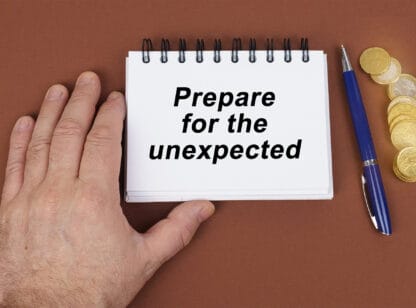When I was a kid, I loved our annual block party; lots of food, fun and games. Some years multiple blocks would participate. One year we had a huge scavenger hunt where each family had a set of clues for the items to collect. The clues were extremely sophisticated, puzzle-type questions that needed to be solved consecutively, and within a limited time, so the families on the block teamed up to conquer the quest.

In addition to solving the puzzle, the results also had to be verified. The block teams could go to any predesignated neighbors for validation. The assigned validators had their own competition to see who received the most clues in the fastest time. The one who verified the most blocks in the game was rewarded with a token gift. The first neighbor to validate a team would also get the honor of issuing the next clue.
The game started with the first family of each block team trying to solve the clue before the next block team, then get it to an available neighbor for verification to receive a subsequent clue to pass on to the next team member. Every clue depended on some information from the previous one, enticing families to work together and race to be the first to get to the next clue.
Sound complicated? It is, but if you could follow it, you are on your way to understanding how cryptocurrency works (the above game was actually for illustrative purposes only).
A cryptocurrency is a digital asset that can circulate without the need for a central monetary authority such as a government or bank.
The Game: Trading cryptocurrency by the consumer, investor or transactor.
The Family: A block with limited data capacity. Once full (the puzzle solved), a new family joins the team.
The Block Team: Made up of each family and linked together by certain data, forming a blockchain.
Designated Neighbor: The cryptocurrency miner; computers all around the world validating transactions by solving extremely sophisticated calculations. The miners are competing to be the first to solve the computations for the right to issue new blocks and receive crypto tokens.
Many know cryptocurrency as Bitcoin, however just as we’ve substitute brand names for common items such as Kleenex for tissue, Bitcoin has become the mainstream name of cryptocurrency — and for good reason. Bitcoin was the first cryptoasset created anonymously in 2008, with the first coin minted in 2009. According to CoinMarketCap, there were over 18,000 cryptocurrencies in existence as of March 2022. There are also numerous trading platforms for the digital currencies such as CoinBase, Robinhood, and Gemini to name a few.
Cryptocurrency is still a fairly new and highly speculative investment. If you are considering investing in cryptocurrency, as always, the most important thing to do is your homework and consider if it fits into your overall financial plan. For more information on the intriguing world of cryptocurrency, I recommend reading the CFA Institute guide Understanding Cryptocurrency and Crypto Trading.
Michele Sarna is a certified financial planner™ with Beacon Pointe Advisors and can be reached at (760) 932.0930 or [email protected].
Sources available upon request.
Provided as information only and should not be considered investment, tax, or legal advice or a recommendation to buy or sell any type of investments. Asset Allocation, portfolio diversification, and risk strategies cannot assure or guarantee better performance and cannot eliminate the risk of investment losses. Form ADV contains important information about Beacon Pointe Advisors, LLC, and may be viewed at: adviserinfo.sec.gov.










































Comments (0)